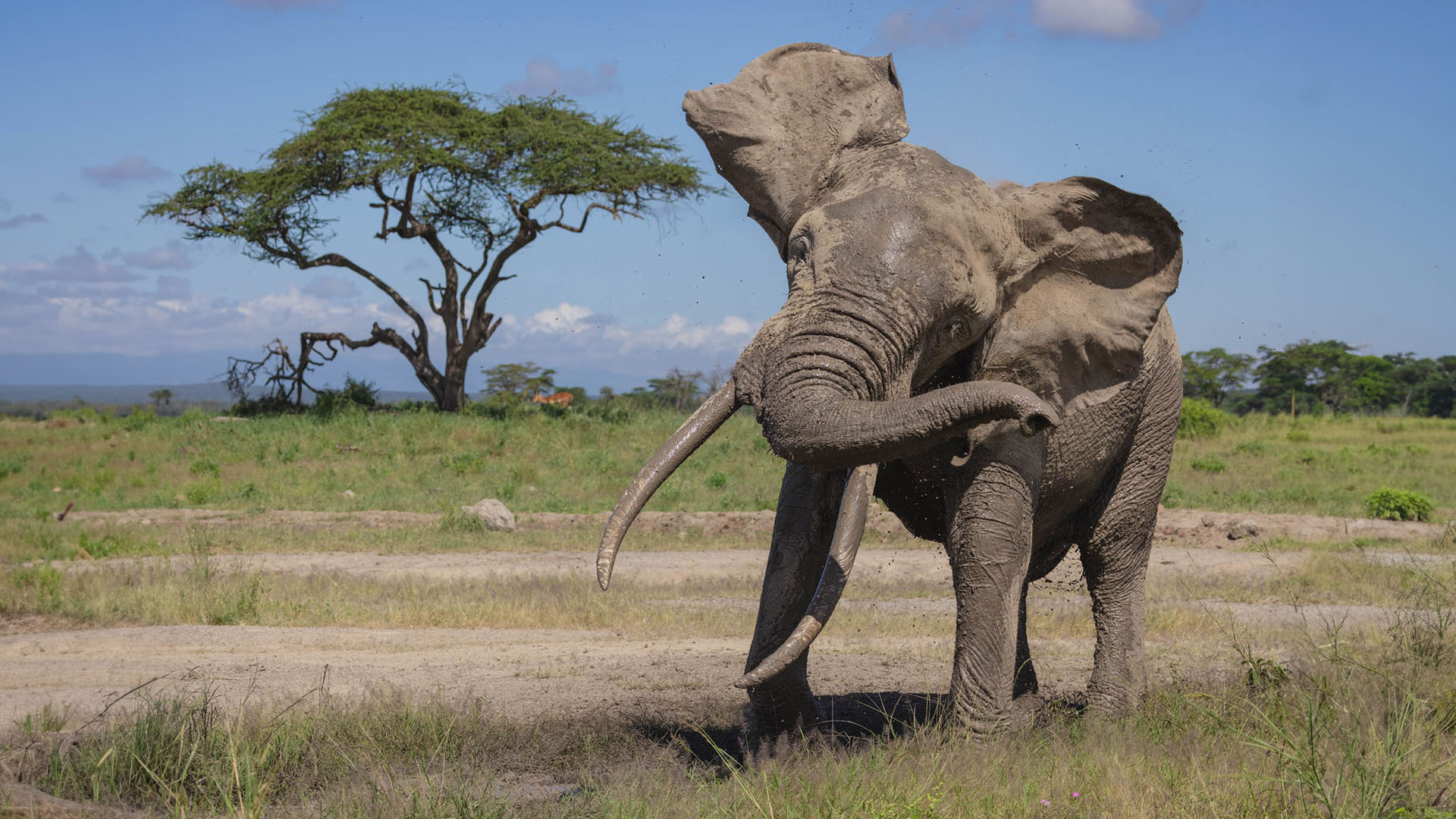
In the wild, different prey animals exhibit certain behaviours when a predator is nearby. Giraffes are among the best indicators of a cat’s presence — observing their behaviour can often lead you to one. We encountered a pair of male giraffes with their tall necks stretched out, fixated in one direction, appearing alert.

True to their nature, a young lion lurked in the tall bushes. He’s known as 'Lodun Enkop', a Maasai term meaning 'traversing miles.' As his names suggest, he is always roaming. This is the same young male we spotted during a night game drive a few months ago. Lodun Enkop is about two and a half years old and is the son of Osunash, a resident nomadic male lion here in Kimana Sanctuary. Though difficult to spot due to his shy nature, Lodun Enkop has been briefly seen here in Kimana Sanctuary recently. The last time I documented him in the Sanctuary was in December 2023.

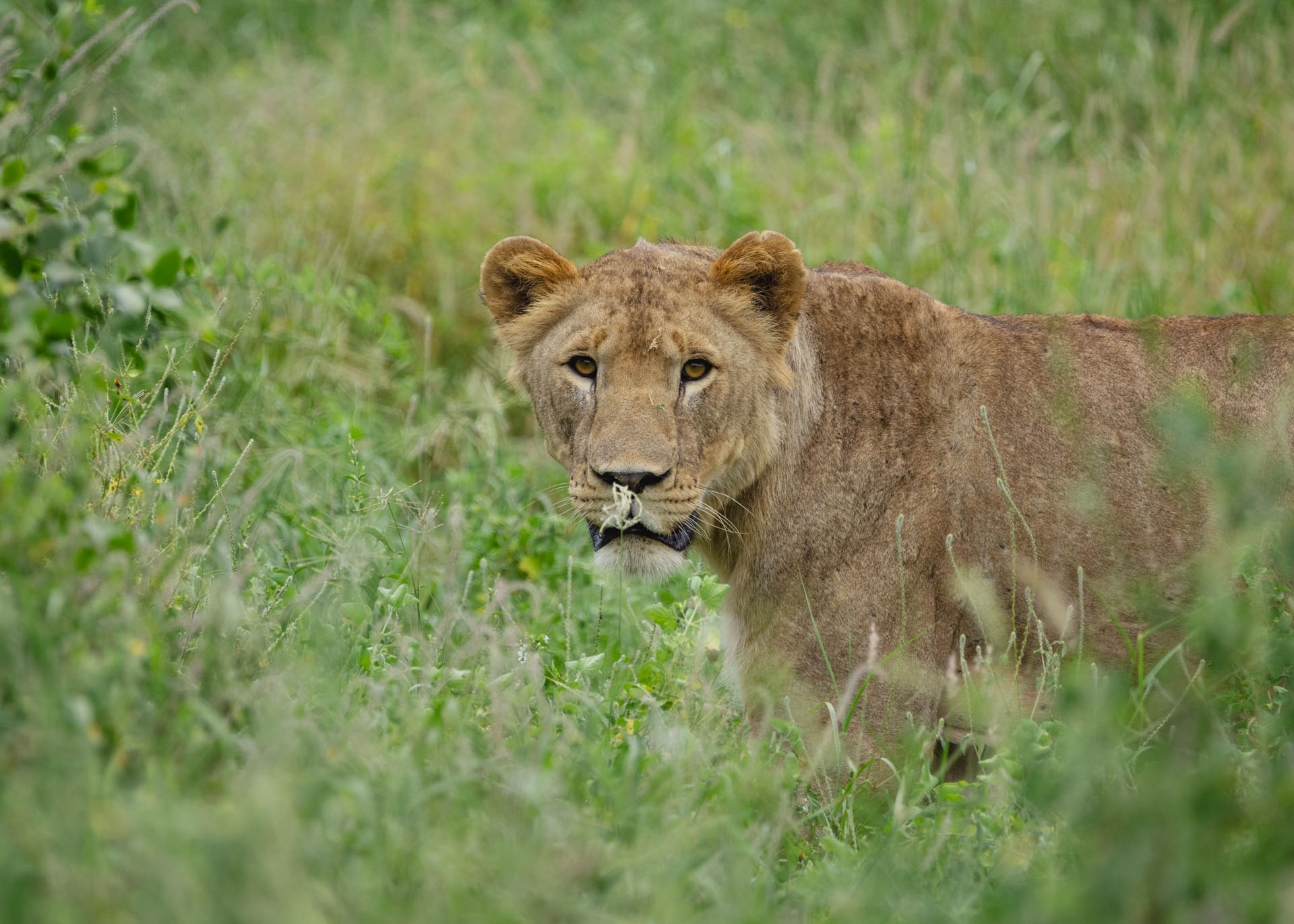
Not far from there, we spotted Chemosit, one of the rising Super Tuskers of Amboseli and a frequent character in Kimana Sanctuary. The last time we saw him, he was in the company of Emoroo in an area known as ‘Ziwani’ here in the Sanctuary. This time, his solitary movements may indicate the onset of his musth period, characterised by irritable behaviour and wandering vast distances until he finds a female to mate with. He was busy with his usual skincare routine; mud baths are a normal activity for elephants as the coating protects their sensitive skin from harmful UV rays.

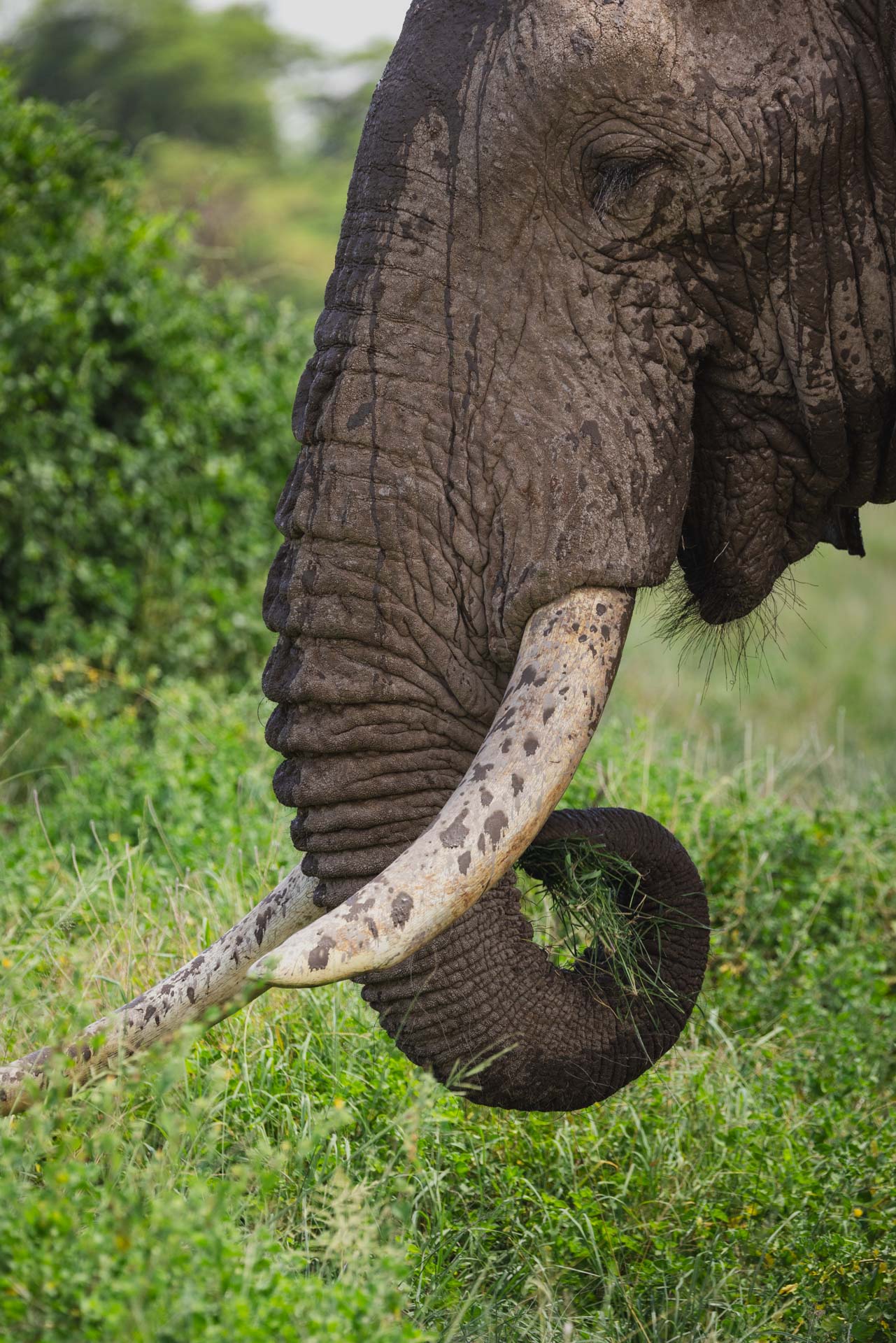
Back to the lions in Kimana Sanctuary, we recently encountered the elusive duo Osunash and Male 263. Typically, they lie low in the long elephant grass during the day and cull the warthog population by night. These two felines seem to have solidified their coalition and are enjoying the undisturbed territory in the Sanctuary.
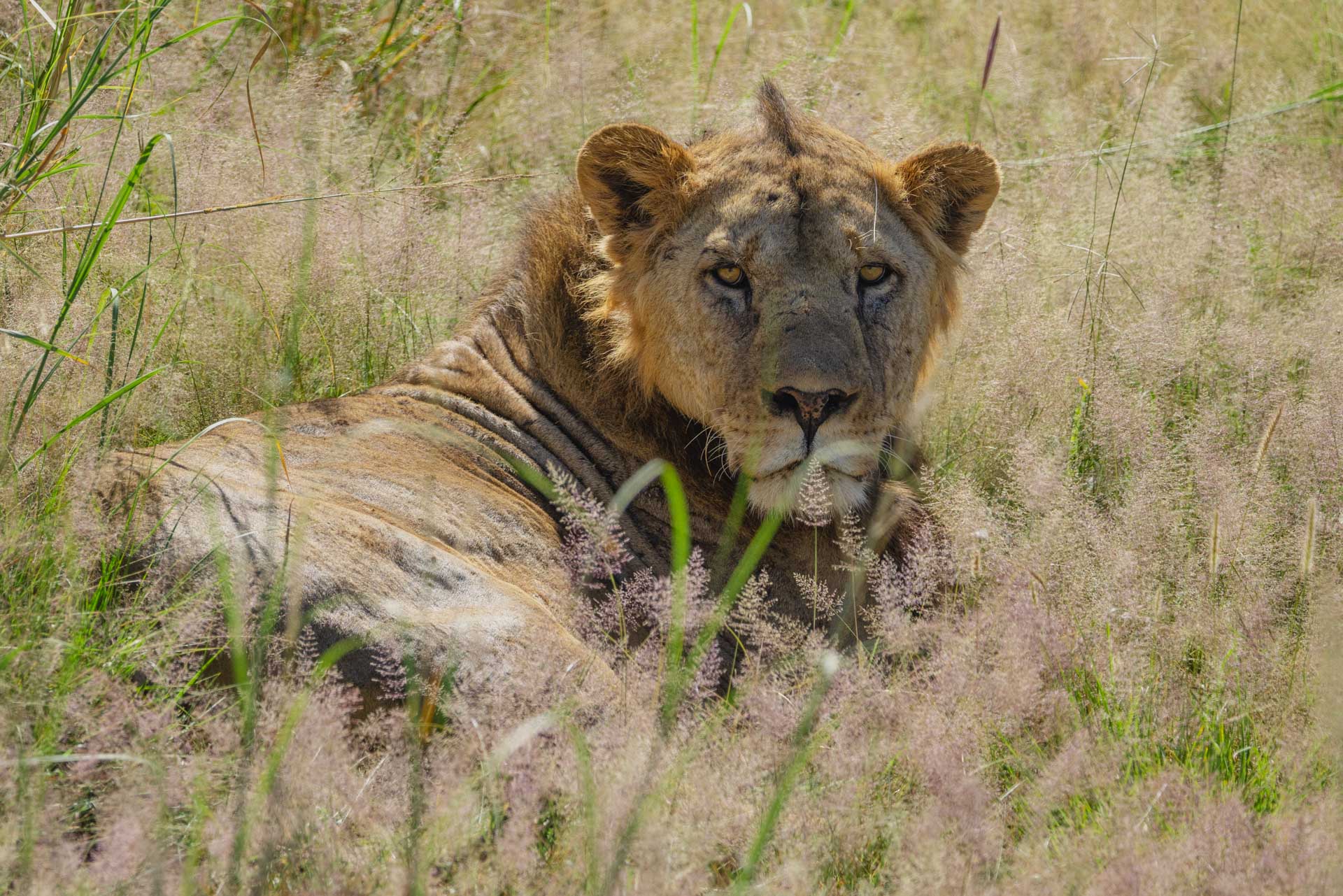
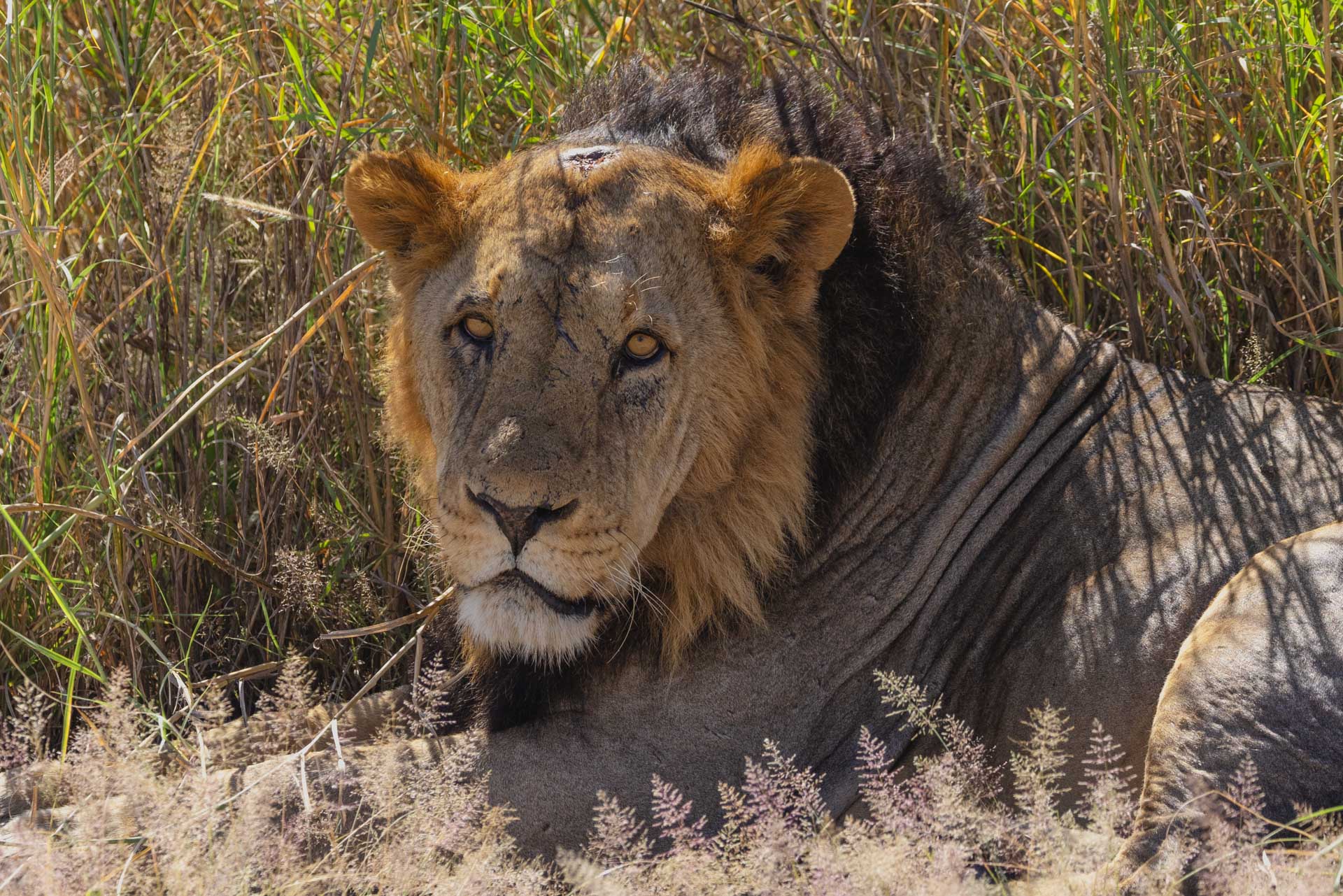
We spent some time with them this week and noticed fresh wounds, suggesting they had been in a recent altercation. Due to the nature of the scars, it’s likely a fight with other cats. GPS signals from Lion Guardians, a conservation organization in the Amboseli-Tsavo ecosystem, show Osunash’s movements into Kuku Ranch, a neighbouring conservancy that lies between Chyulu Hills and Kimana Sanctuary.
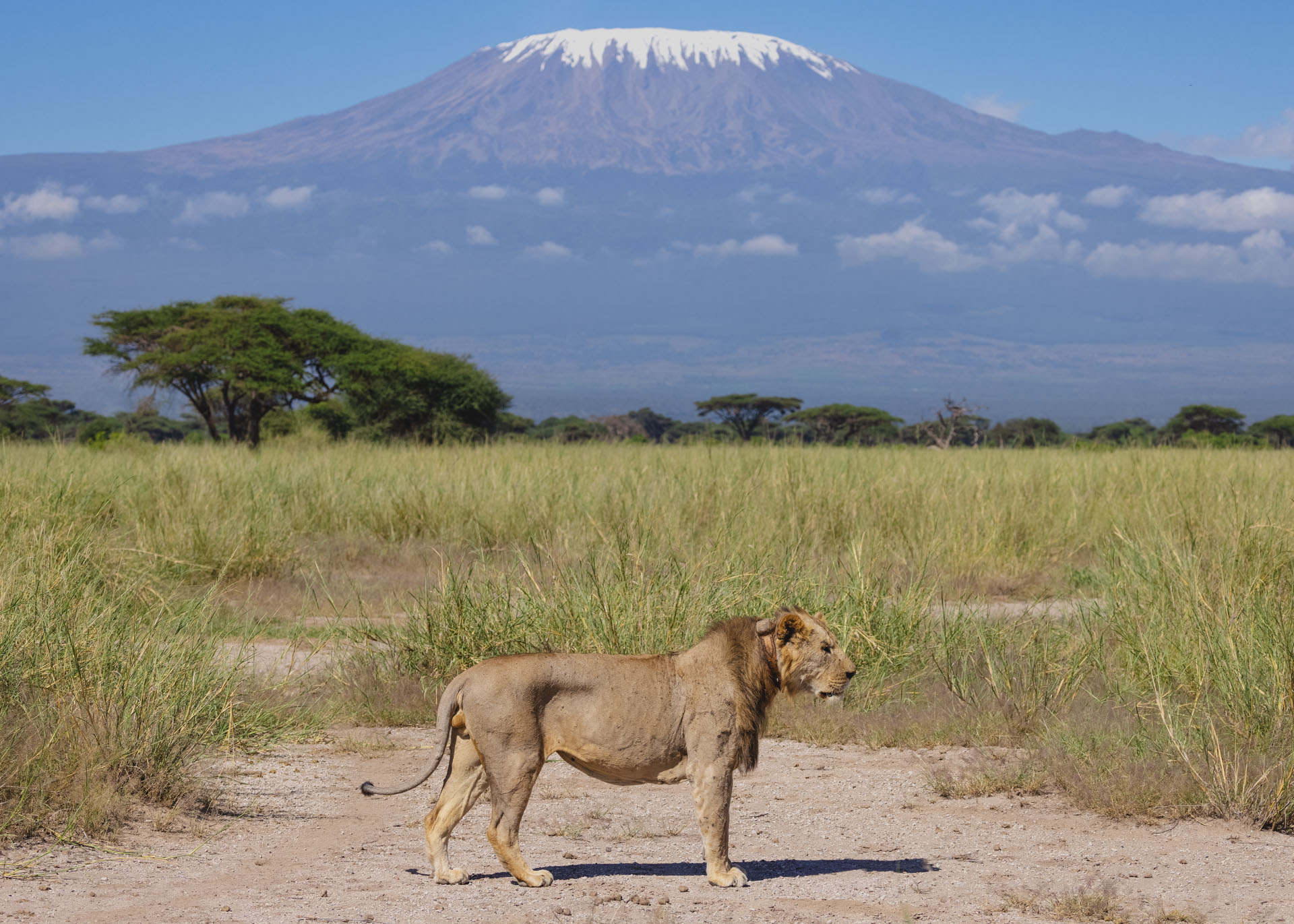
Osunash also seems to be suffering from an unknown condition. He has many bumps on his skin, mostly concentrated on his left hind limb. We have shared his photos with Lion Guardians, who are better positioned to identify and treat the issue if it is life-threatening.

Meet Per, another renowned Tusker with a notable set of tusks, hailing from the PA family. According to the Amboseli Trust for Elephants (ATE), the PA family has an interesting past. It descends from the original P family, once the largest family in the Amboseli ecosystem. This was the first family recorded to have permanently split into two families, PAs and PCs. Elephant families are known to split into smaller groups in search of pasture and water, optimising their survival during drought-stricken years. Per was born approximately 35 years ago to his mother Penelope, the matriarch of the PA family. After indulging in a mud bath just a few minutes from Angama Amboseli, he continued his feeding business. At this age, he eats up to 300kgs of food and drinks about 150 litres of water 'per' day.

As the week came to an end here in Amboseli, one sighting caught me off guard: the saddle-billed stork chicks (a term we should drop because these feathered creatures have grown quickly!) were out of their nest and on the ground foraging. This was perplexing to me, considering that just weeks ago, their parents were building a nest to lay these same eggs. Nature is fascinating, and at this moment, we can almost say we have witnessed a saddle-billed stork lifecycle right in front of the lodge. –Sammy Njoroge
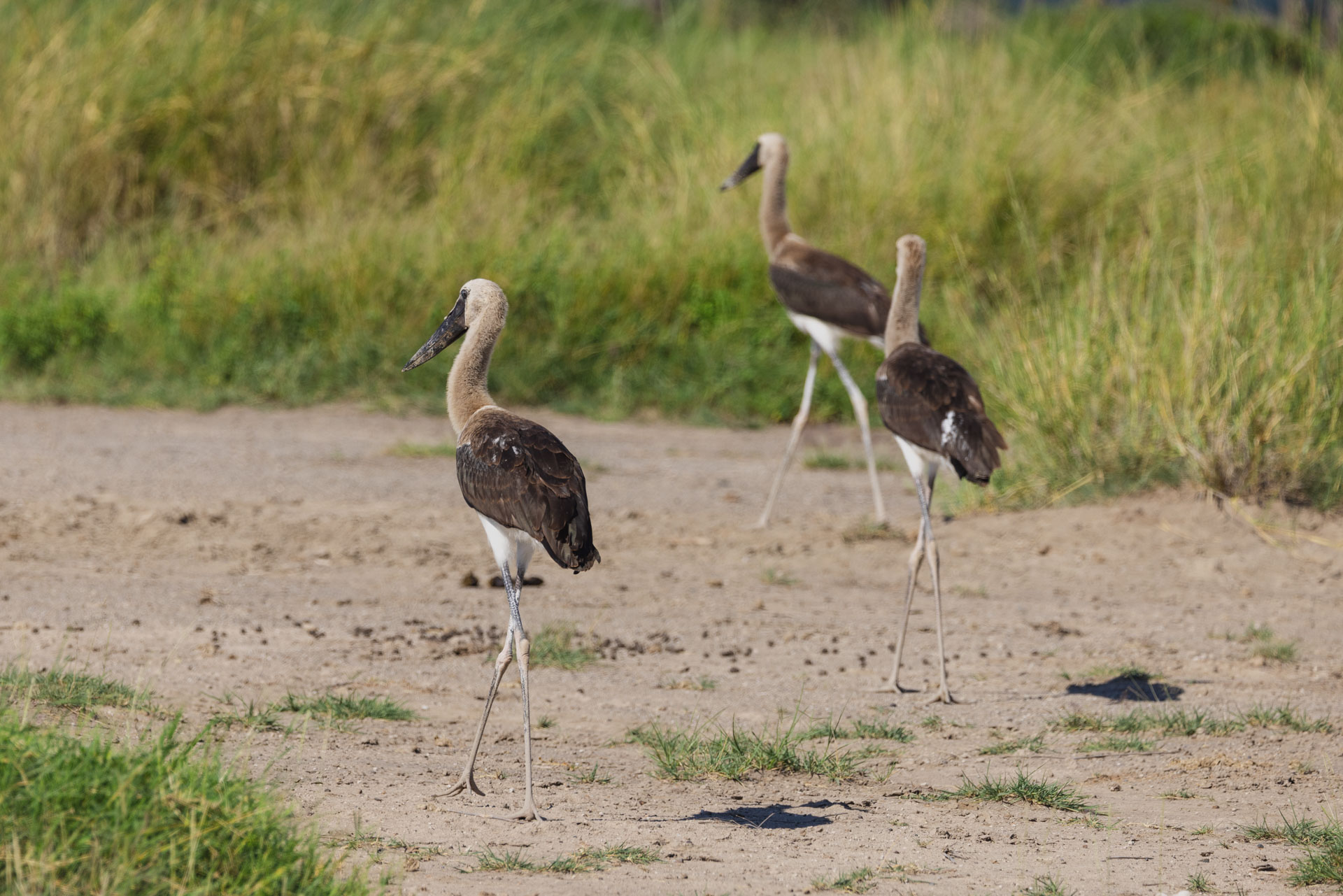
This season, we patiently await the earth to absorb the large amounts of water we have been experiencing. As mentioned last week, we have seen very irregular rain patterns that have devastated some local habitats. Recently, however, the Mara River has begun to return to normal levels, and the rains have stopped just enough for many places in the Mara Triangle to dry up. Another morning introduces the sun, and with it comes much-needed warmth.
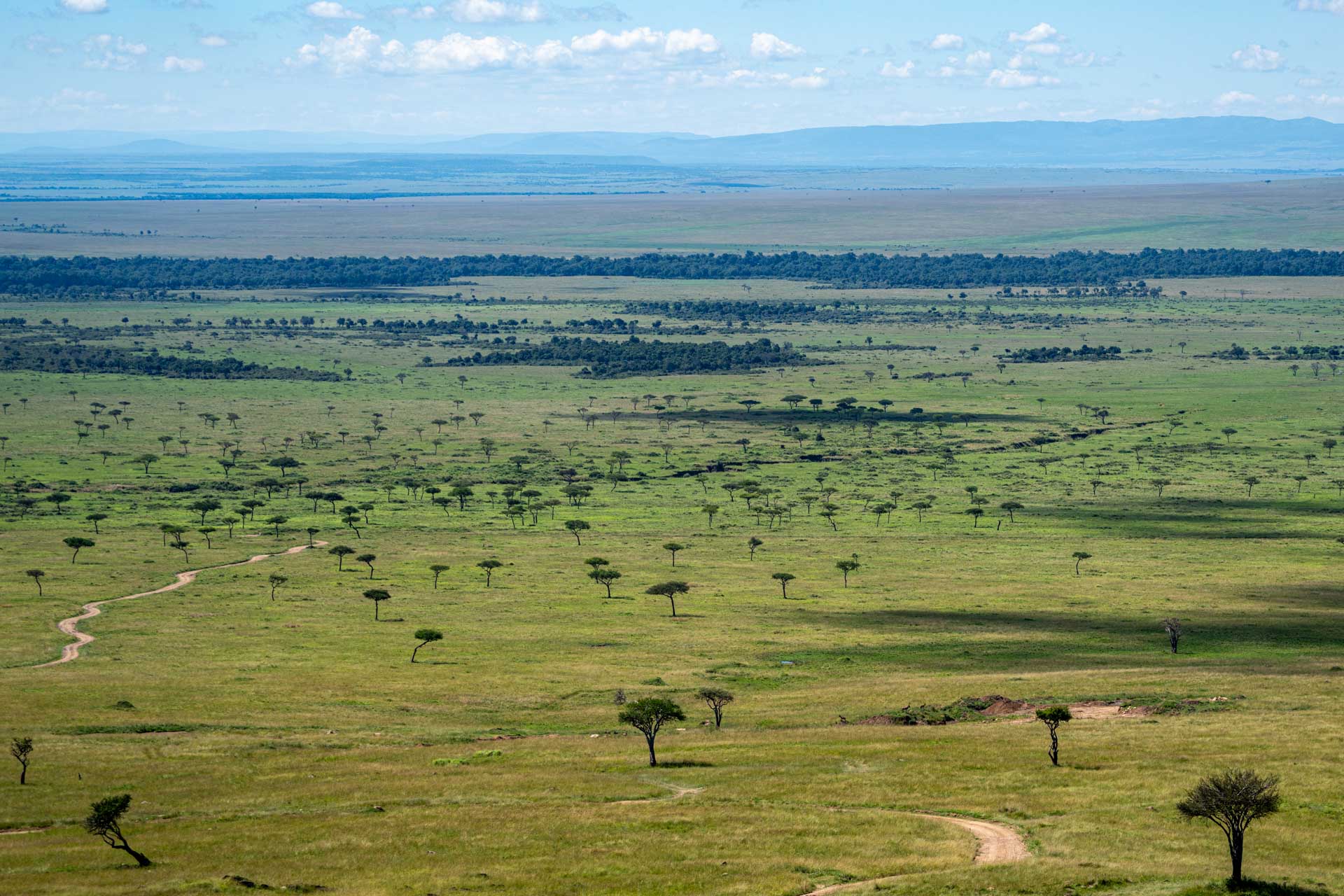
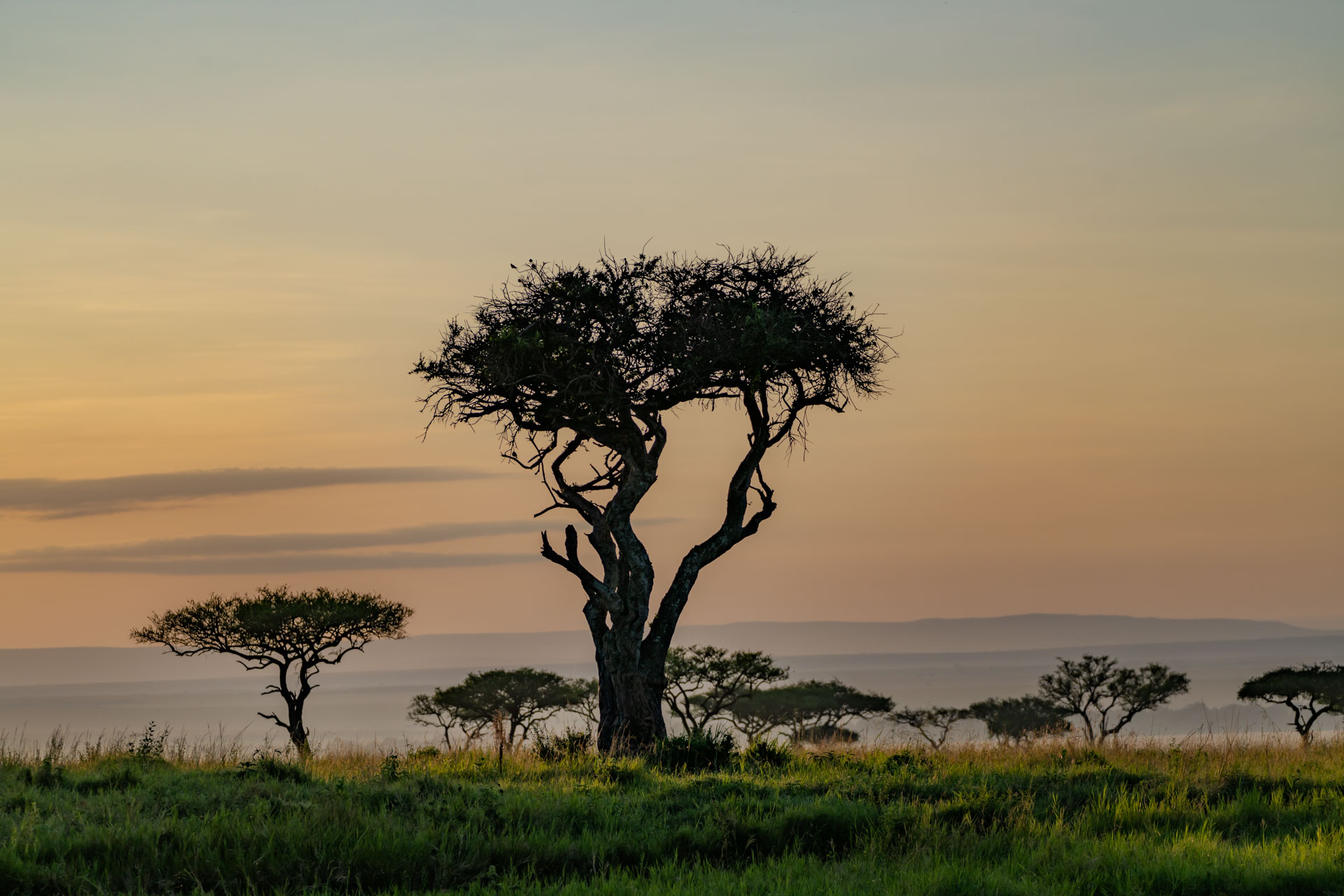
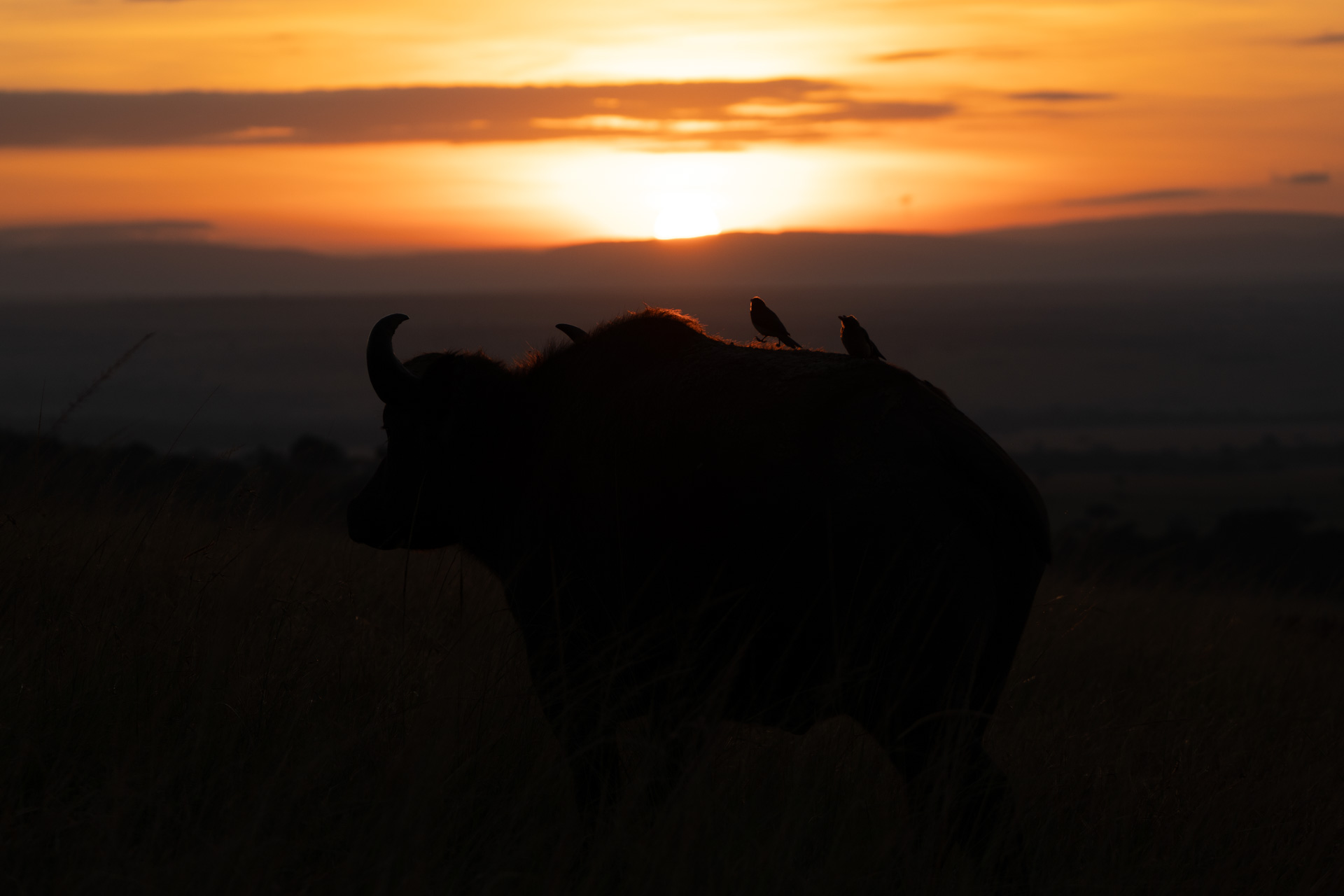
One of the most impressive examples of resilience and grit here in the Mara is Mama Kali's famous lone surviving daughter, the Angama lioness. Her powerful gaze and incredible reputation as a hunter immortalise her in the form of stories and images. She continuously amazes us with her ability to survive against all odds and raise her two current cubs. As mentioned in previous blogs, she has often been seen with a male who broke off from the Owino Pride. He has been relying on her for food, and she is relying on him for protection. As the cubs grow, you can see the same distinct look of determination in her offspring.



I was scouting the road towards the Oloololo Gate one morning, hoping to come across her. As I slowly drove past a small ravine, I saw some movement in the grass. I parked and spent the next several hours with the lioness and her two cubs. They were feeding on what looked to be a young buffalo. She allowed the cubs to eat as she stood watch, and when they got bored, they would start playing and chasing each other.


Angama Guest Aaron Steinberg had a wonderful sighting of a lone male cheetah near the border. As cheetahs usually are, he was quite active, walking through the grass and stopping every few moments to scan the horizon. A cheetah's life is a continuous search for energy and knowing how much to give to gain it. In my opinion, cheetahs are by far the most interesting to observe. Designed for speed, they are ready to react at any given moment.
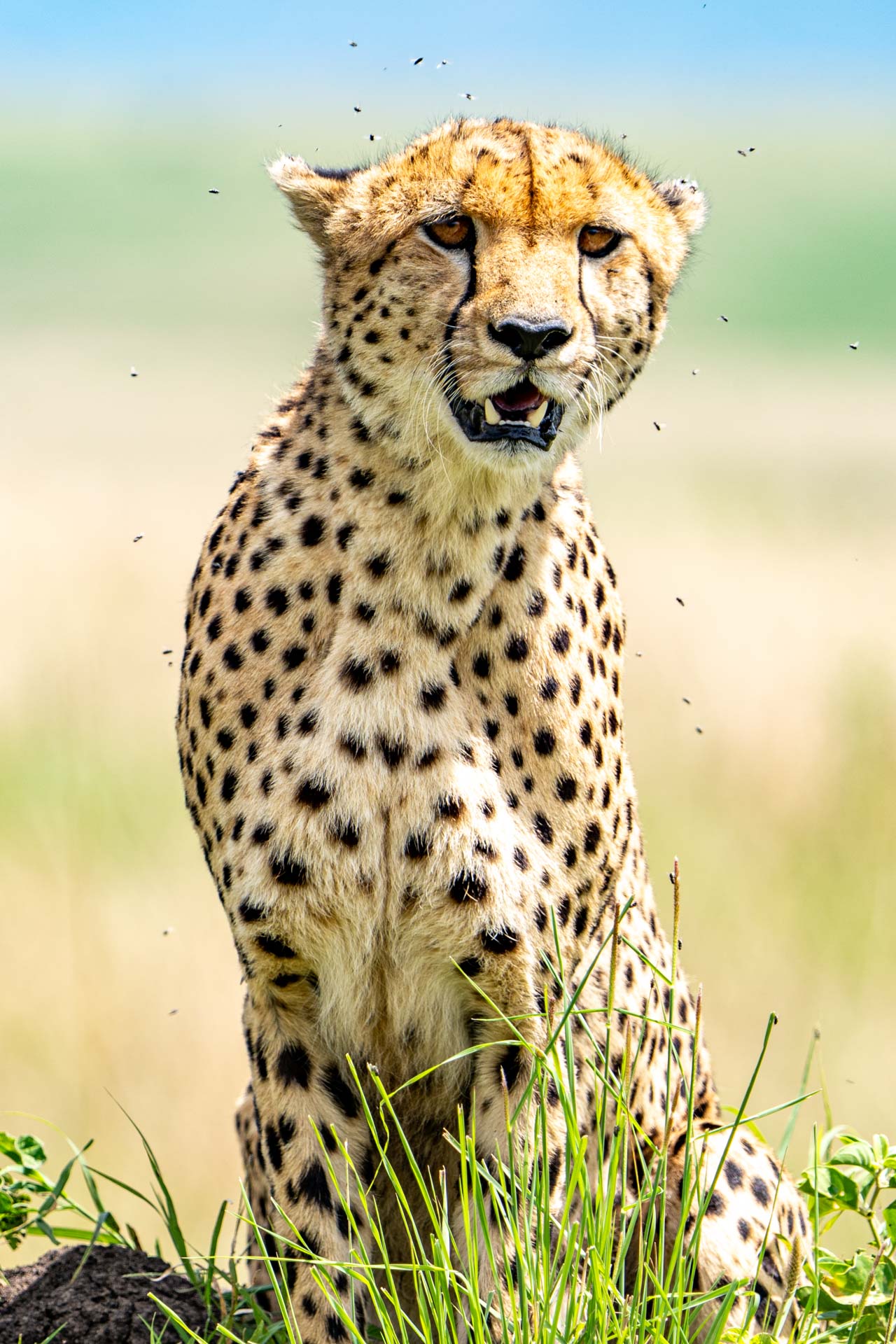
One area that has begun to dry up is a specific swamp where many hippos congregated when the river was too high. The mud has become too dense, making it no longer suitable for the hippos. Up to 40 hippos were huddled in the mud at one point, but as it dried, they returned to the Mara River one by one. The River is by far the most common place to find hippos, and it is a relief to see them returning to their natural habitat.
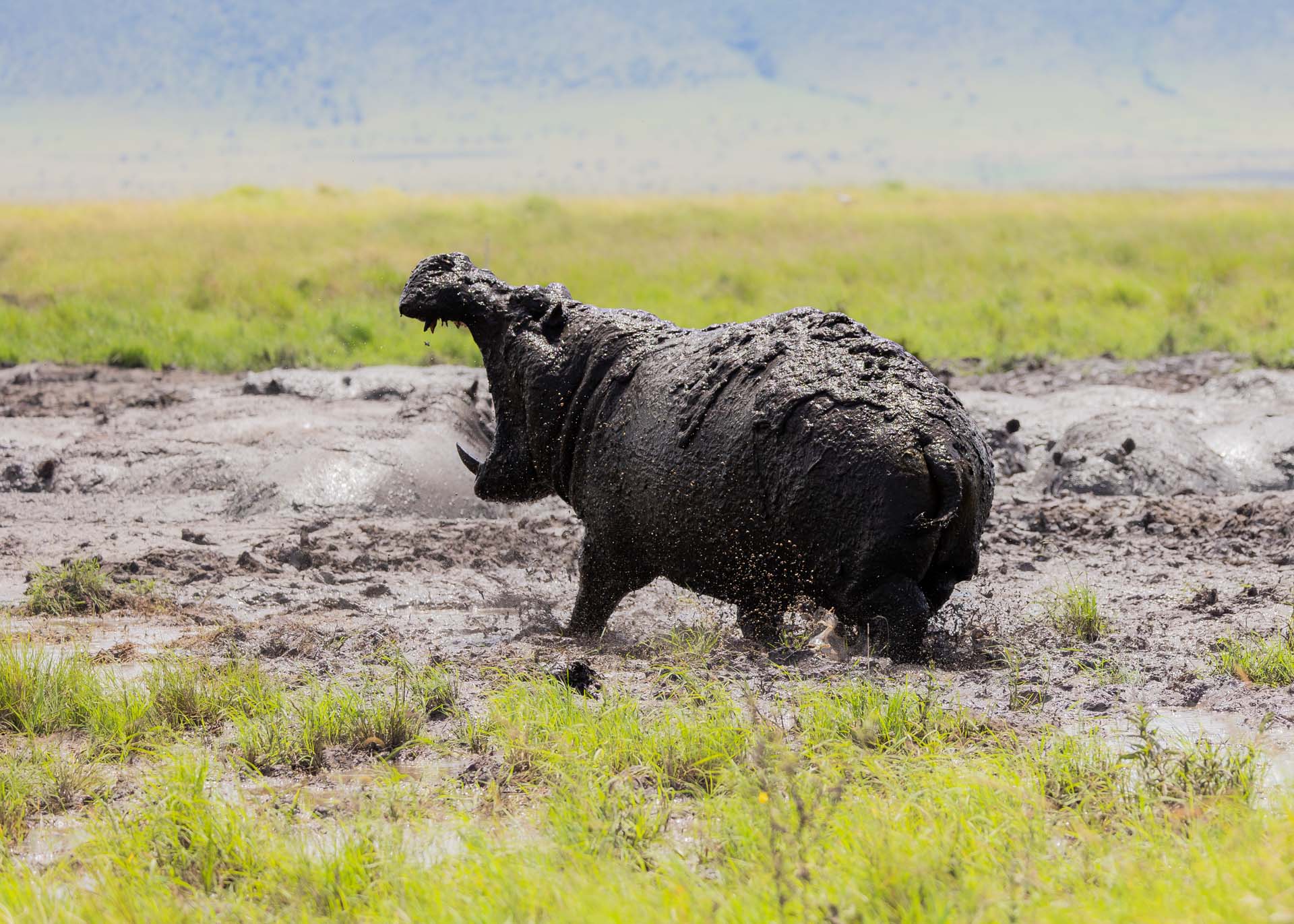
One of the reasons I am passionate about birds is that they can be an infinite source of wonder. What we sometimes drive past on our way to another sighting can be just as marvellous as the biggest of cats when you look close enough. I have always been fascinated by the African wattled lapwing. Not only does it make a unique sound, but it also has a most vibrant head and piercing eyes that look grey with a hint of blue contrasting with bright yellow and red. These colours pop out of the landscape as they forage the ground for food. –Andrew Andrawes
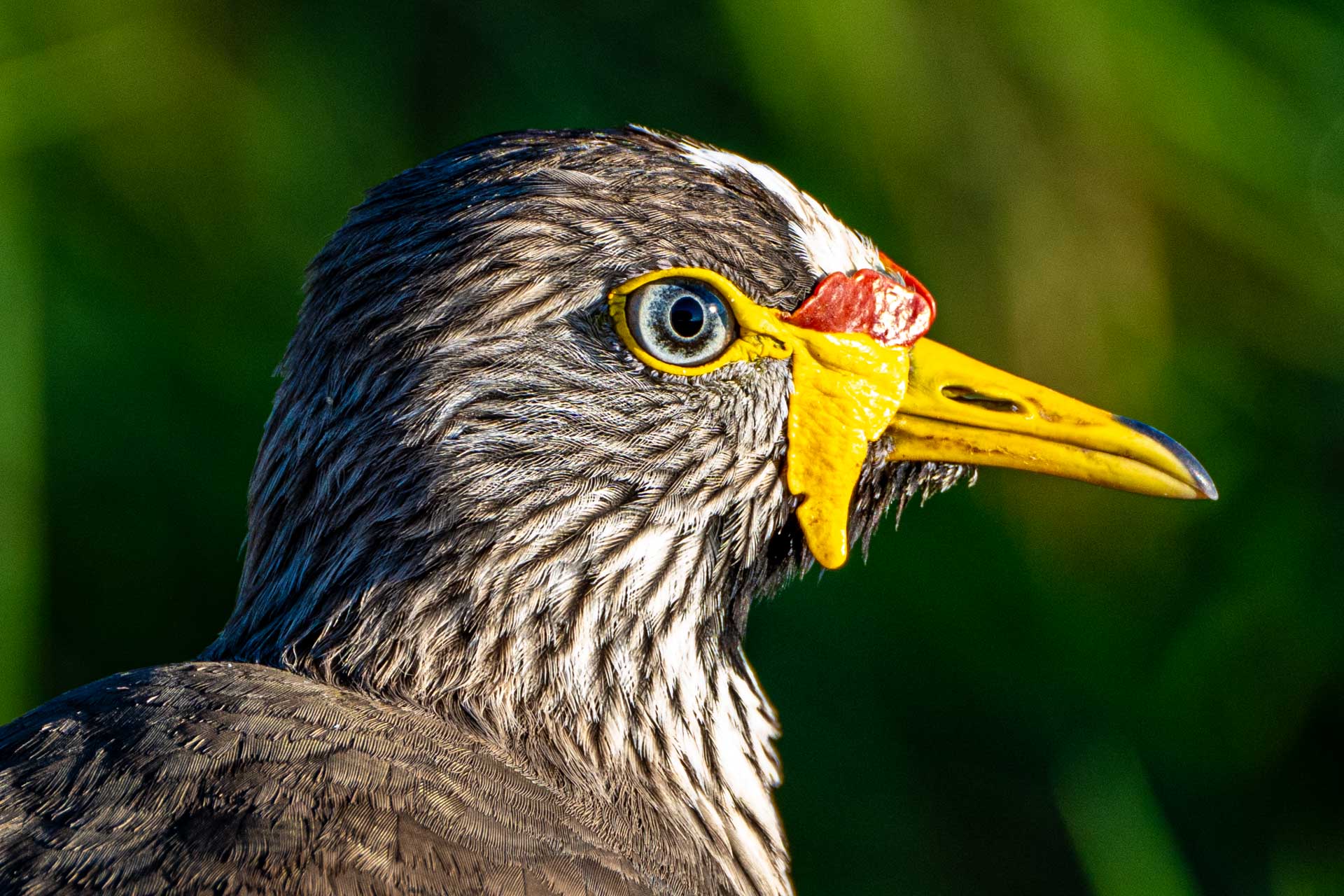
Filed under: This Week at Angama
Subscribe for Weekly Stories
Comments (0):

Out of Africa